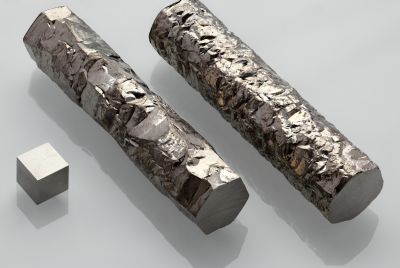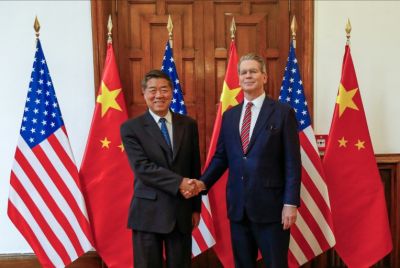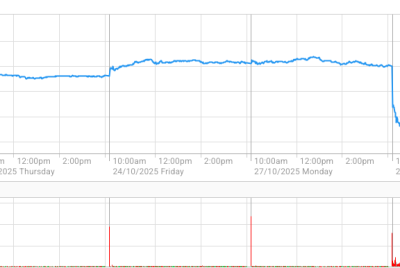We Can Feed More People And Emit Less Carbon -- If We Change How We Farm

The world is headed into a food crisis. People in six countries are at high risk of famine, according to the United Nations Food and Agriculture Organization (FAO). On top of that, hundreds of millions around the globe face varying degrees of food insecurity -- a chronic lack of access to nutritious, affordable food.
Some live in the wealthiest countries. A September survey from The Food Foundation found that in Britain, a quarter of families with children had experienced food insecurity in the last month. And about 34 million Americans —just over 10% of the population — live in food-insecure households, according to the U.S. Department of Agriculture. "We are on the way to a raging food catastrophe," as U.N. Secretary-General Antonio Guterres said in November.
After a century in which agricultural advances made it possible to feed more people than ever before, how has it come to this? And more importantly, how can we feed the world now and for decades to come? The global population is expected to grow another 25% by mid-century to 10 billion, requiring 60% more food than we currently produce, according to the FAO.
Part of the conundrum is that food production both contributes to climate change and is negatively affected by it. In the U.S., agriculture is responsible for 11% of greenhouse gas emissions, and the global figure is roughly 18%. These emissions contribute to global warming and associated extreme weather events. But those events, in turn -- such as hurricanes, flooding, and drought -- drive hunger by ruining crops.
That's why it's essential to once again transform farming, so that we can enable resilient food systems and produce a sustainable food supply while also reducing greenhouse gas emissions. The solution is a collection of practices known as "regenerative agriculture," which are designed to enrich soils, grow healthier crops, and keep more carbon out of the atmosphere.
These techniques range from the ancient to the cutting edge. Indigenous peoples around the world have practiced no-till farming and polyculture, in which complementary crops are clustered together. As the 20th century organic movement got underway, some farmers adopted cover crops and non-synthetic fertilizers.
All these tactics are now being embraced by regenerative farmers, along with continuous crop rotation, grazing techniques that maximize soil health, and plant breeds designed to sequester carbon. At the same time, they are using all the tech tools of modern farming, such as GPS guidance, sensors, drones, and data-driven decision-making.
In addition to dramatically reducing greenhouse gas emissions, regenerative agriculture has the potential to reduce water usage, produce more nutrient-dense food, and restore soil health and biodiversity. Crucially, it can even improve crop yields. According to a recent U.N. report, applying regenerative agriculture across Africa could increase yields by 13% by 2040.
But we are still in the earliest days of this transition, and farmers can't do it on their own. While at least one study found that farms using regenerative practices are more profitable than those that don't, overhauling any system costs money. New adopters need new equipment and skills.
Fortunately, businesses and governments are starting to use their clout to spur this transformation. Major food companies like Cargill, Nestle, and PepsiCo have committed to converting millions of acres of land to regenerative practices by 2030. The Inflation Reduction Act, passed by the U.S. Congress last year, committed nearly $20 billion to support regenerative agriculture, through programs like the Environmental Quality Incentives Program, which helps farmers do things like conserve water and mitigate against drought.
In the 20th century, advances in mechanization, genetics, and other technologies revolutionized agriculture, making it possible to feed a world population that quadrupled in 100 years. Today we know much more about the human impact on climate than we did in 1922 -- and we know how to reduce it while feeding a growing population. Yet we are still at the beginning of this new revolution. We need to give farmers the tools to see it through.
Erik Fyrwald is CEO of Syngenta Group





















